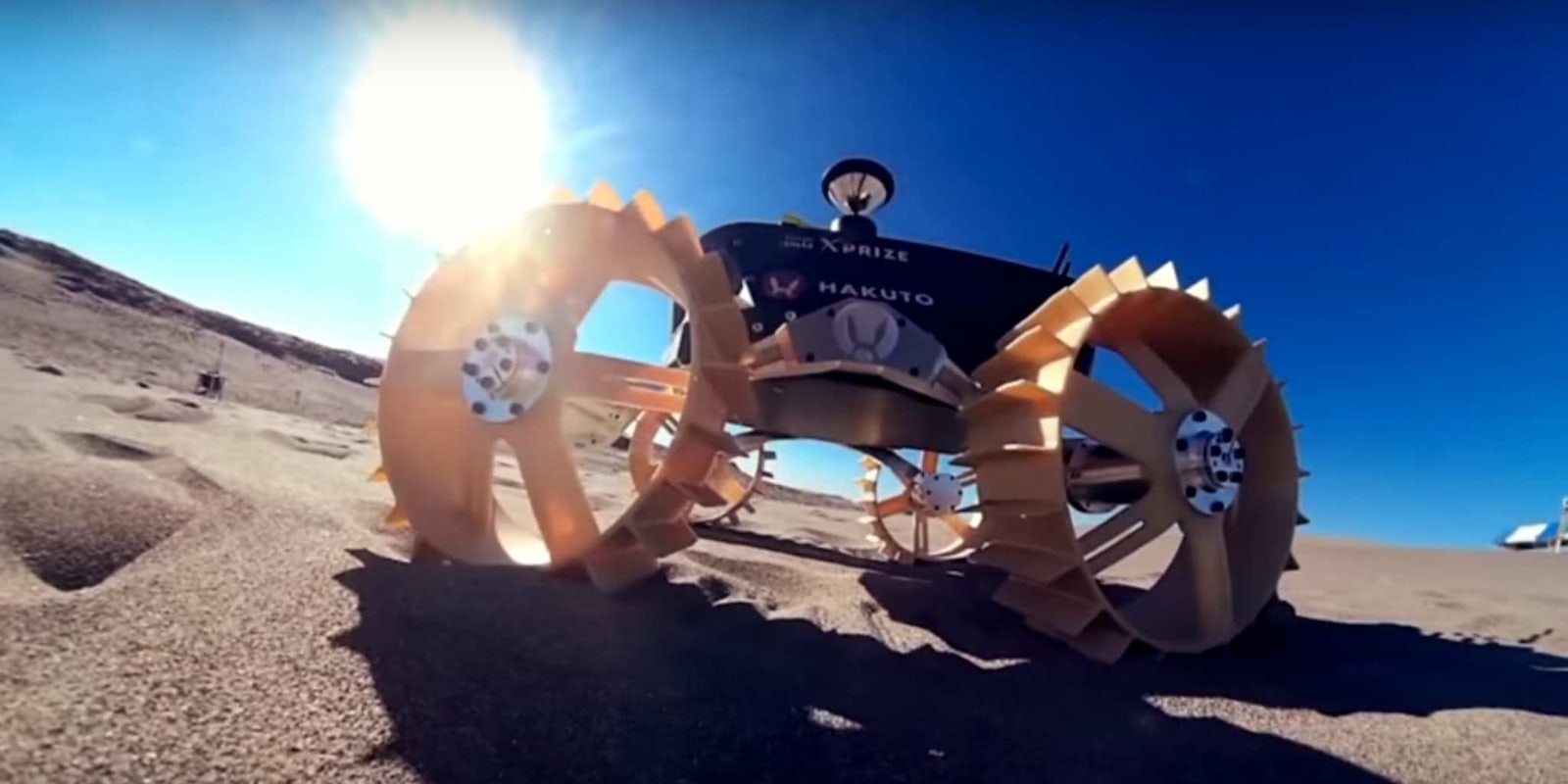The Google-sponsored race to build a robotic spacecraft to land on moon has been extended until 2017, which is good news if you’ve been meaning to build a robot capable of space exploration but just haven’t gotten around to it yet.
The Google Lunar X Prize competition, otherwise called Moon 2.0, is an ongoing mission to encourage the development of private space flight. Sixteen teams from around the world remain in the running for the $30 million in prizes—including a $20 million grand prize—provided by Google.
The previous expected launch date was December 31, 2015, but none of the teams will be ready by then. However, Israeli team SpaceIL has secured a contract with United States-based Spaceflight Industries to launch its bot on board a SpaceX Falcon 9 rocket. That announcement triggered the extension of the contest, which would have otherwise ended without a winner.
Two other teams have also announced plans for launch, but neither have submitted contracts to competition organizer X Prize Foundation to confirm authenticity; SpaceIL is the first to do so.
Extending the deadline has become an ongoing feature of the contest.
The original deadline was set for 2012, with a reduced prize granted to any team that could achieve the goal by 2014. By the end of 2014, the deadline had been stretched to 2016 assuming a team could secure a contract before the end of 2015—and not even halfway into 2015, an additional year was added, setting the finish line at 2017.
Now that an official contract has been submitted to be vetted and verified, that extension to 2017 has been invoked, and teams can start to scramble to get their robots on a rocket.
The winning team will be the first to have their build travel 1,640 feet (500 meters) and send HD video footage of the trip back to earth.
H/T New Scientist | Screengrab via Google Lunar XPrize/YouTube


